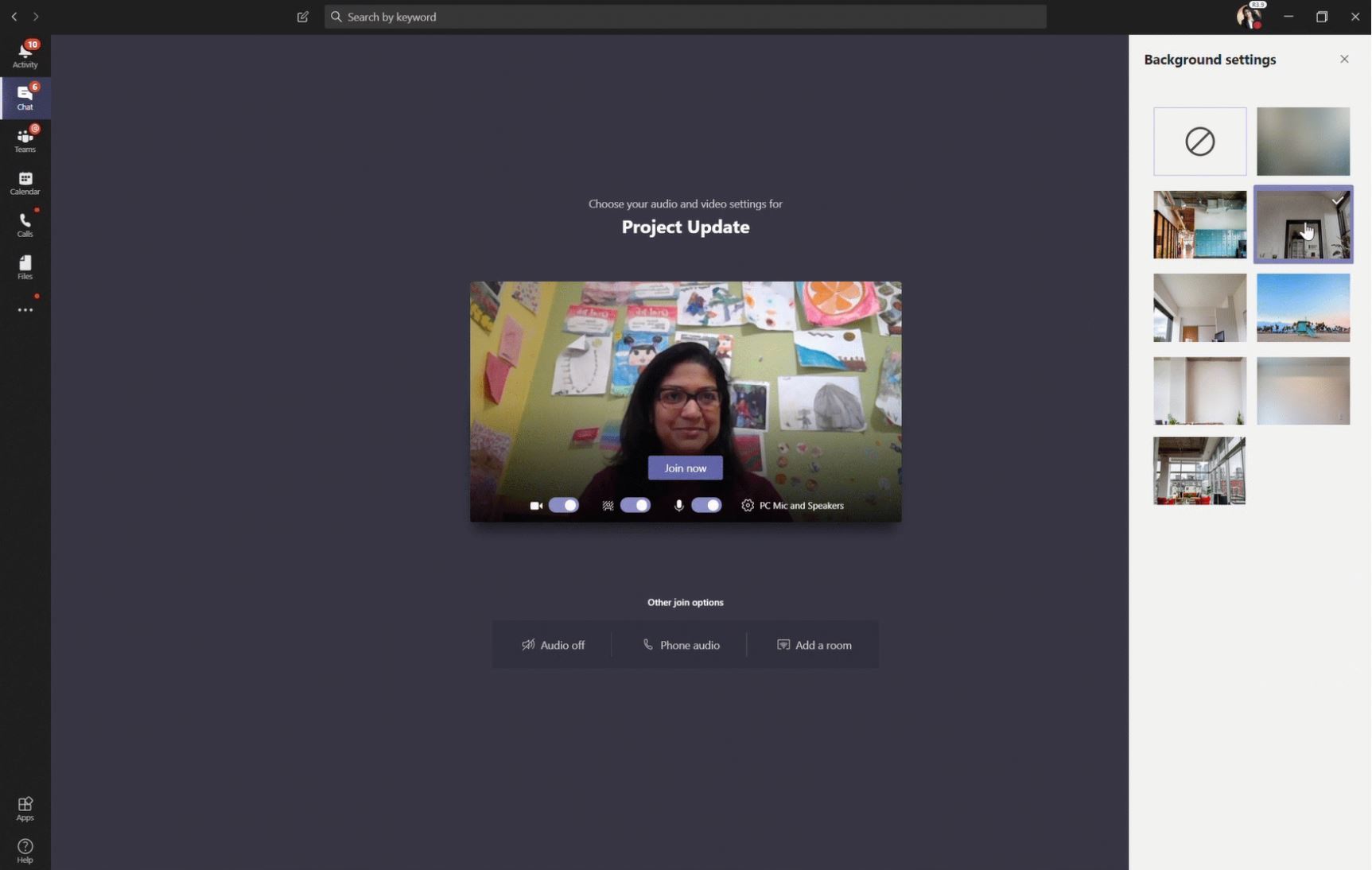

Place the NT-USB at 15cm from your mouth.

By default, you’ll notice the gain setting for the Røde microphone to be identical as the setting for any microphone, i.e. As soon as you connected the NT-USB, the microphone appeared in both the Inout and Outout tabs. Open OS X’s System Preferences panel and select the Sound tab. I’m assuming you have your NT-USB mounted on its included mic stand with the pop filter in place. A direct connection is always preferred when working with audio equipment, but if you don’t have open USB ports, a hub will do fine too. If you have one available on your Mac, use that one. The first thing we’ll need to do is connect the NT-USB to a USB port. I used Audio Engineering’s Spectre for metering, Logic Pro X and Sound Forge 2. As for audio editors, Audio Hijack is great, but Sony Sound Forge Pro 2 is better because it has more features that we can use for optimisation of the input signal. Your DAW could be Logic Pro X, Reason or ProTools. You’ll need a DAW (Digital Audio Station – music creation software) or an audio editor, a Røde NT-USB mic and a Mac for this setup walkthrough. Here is how you set it for optimum results.

The NT-USB has an optimised gain for its internal circuits, but unless you have a loud voice, that gain setting may be too low. To get best results from a USB microphone you need to set the gain correctly. USB microphones have one major benefit: you don’t need a driver or an ADC (Analogue-Digital-Converter) to make it work.


 0 kommentar(er)
0 kommentar(er)
